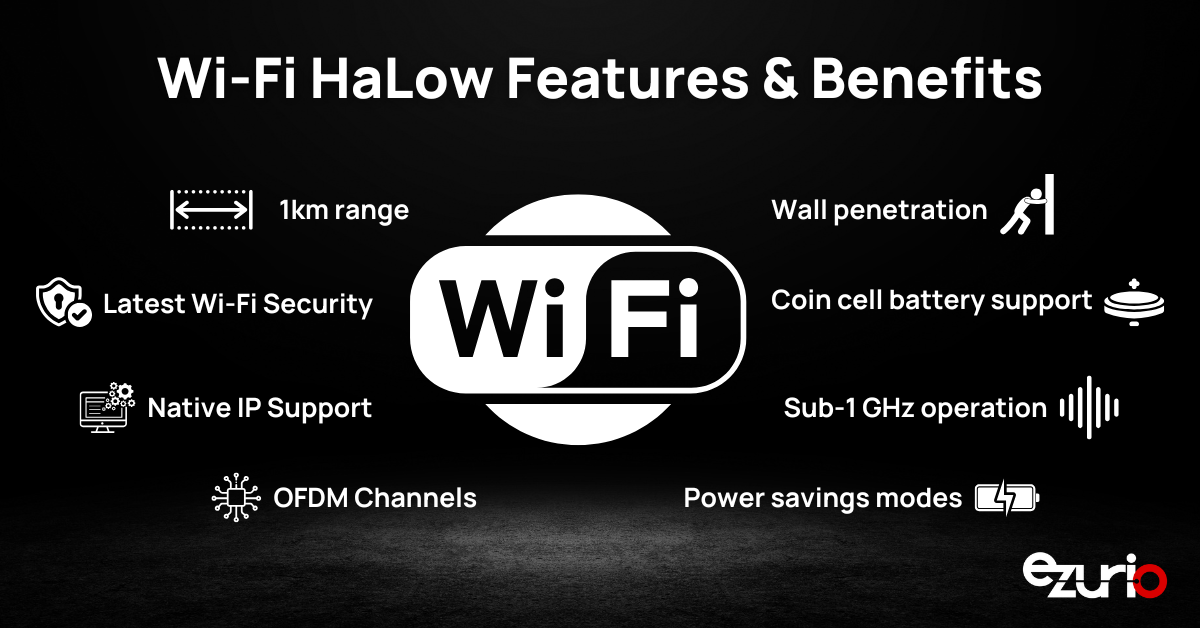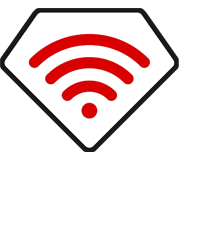Wi-Fi HaLow in Smart Cities and Industrial Environments
Wi-Fi HaLow technology is capable of sustaining connections over distances up to three kilometers under ideal circumstances, making it well-suited for smart city environments that demand widespread coverage. One example case is a smart city pilot in Irvine, California, where Wi-Fi HaLow secured a coverage radius of one kilometer and supported functions such as smart building control, security cameras, and tracking assets.
In the context of industrial settings, Wi-Fi HaLow has proved its mettle by delivering both suitable transfer speeds and steadfast connectivity across considerable ranges. For instance, within a sizable Tampa-based industrial facility, the technology sustained sufficient data rates and consistent connectivity at distances reaching 425 feet — crucial for monitoring low power assets accurately in real time. These tests underscore the durability and dependability of this tech amidst strenuous conditions.
It's important to note that Wi-Fi HaLow provides slower speeds than conventional Wi-Fi networks based on standards such as Wi-Fi 6 and 6E. Depending on the configuration, HaLow can provide rates from 15 Kbps to 15 Mbps, a far cry from the 9.6 Gbps maximum of Wi-Fi 6E. However, for the kinds of applications that Wi-Fi HaLow targets, these data rates are sufficient to provide critical wireless connectivity in sensor applications, industrial connectivity, smart city environments, and more.
By circumventing crowded frequency bands like 2.4GHz and 5GHz ones, Wi-Fi HaLow guarantees stable connection paths essential for vital low power IoT use cases. The reach of this technology spans various domains from domestic automation to agriculture through to industry-grade utilization. Trials including those conducted at Newracom Office Park have exemplified its capacity to maintain comprehensive multi-level building coverage while handling energy governance systems along with security services efficiently. This kind of implementation supports smart building applications across a large area with great efficiency and high performance where line of sight cannot be achieved.
Wi-Fi HaLow support continues to grow thanks contributions via chipset advancements, strategic alliances forged within businesses in the healthcare and logistics sectors, and other exploratory development. The massive device count supported by HaLow resolves scalability concerns associated with large-scale initiatives, and its ability to maintain connection over long range open-air deployments has made it a promising option for rural connectivity.

 Laird Connectivity is now Ezurio
Laird Connectivity is now Ezurio


